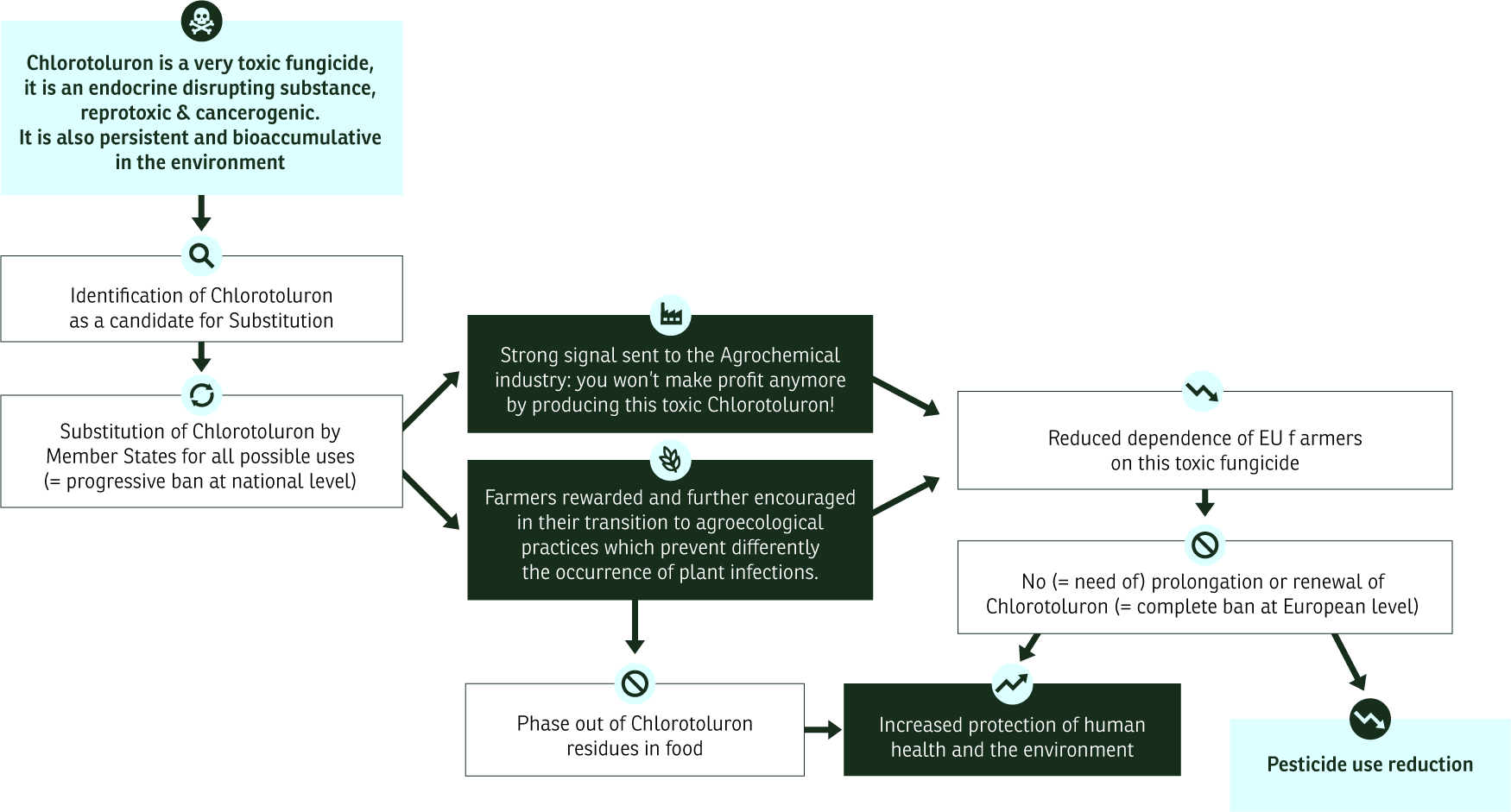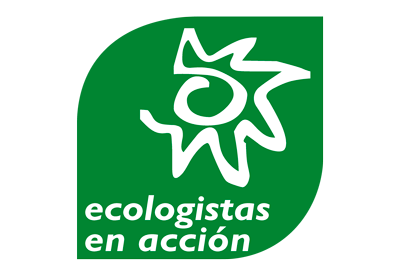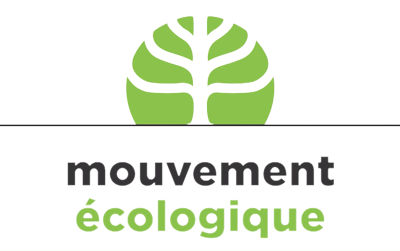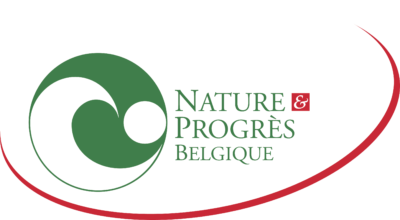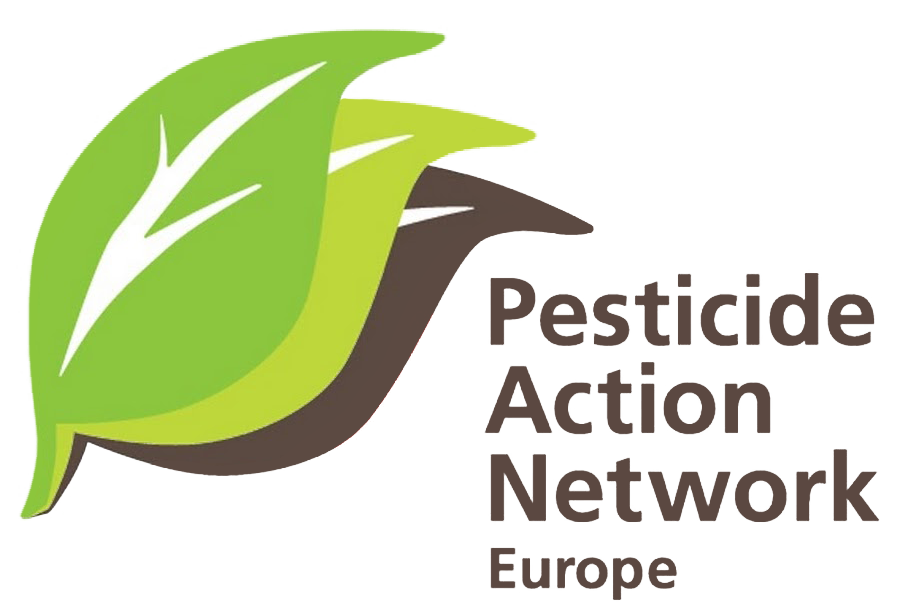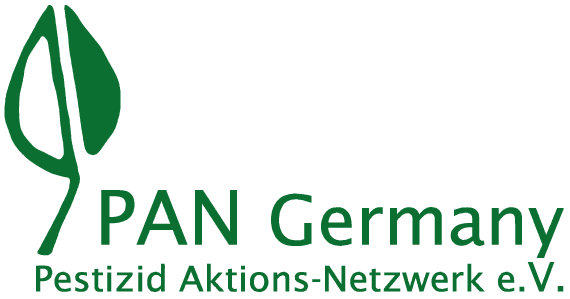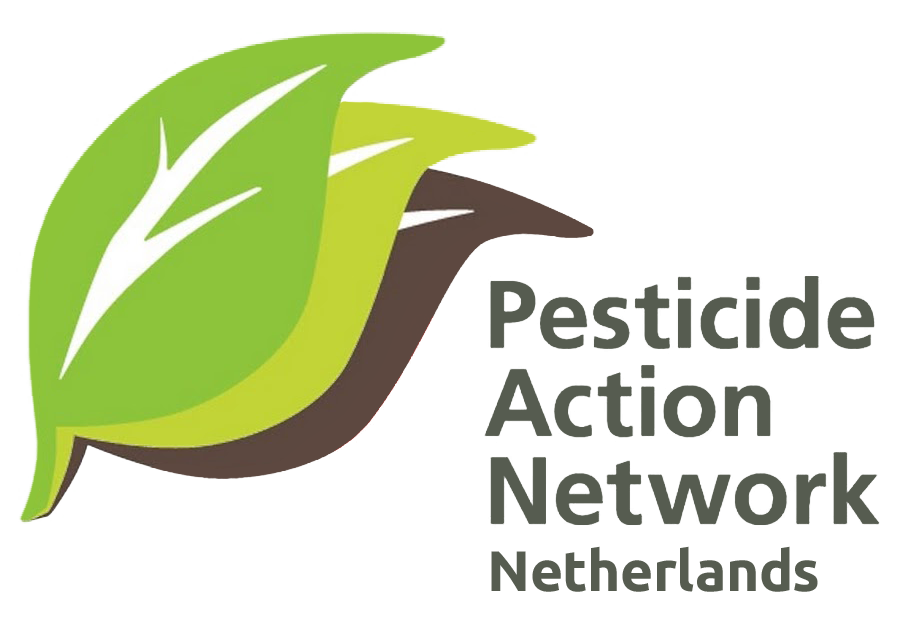A
COCKTAIL
TO DIE
FOR
Scroll to explore

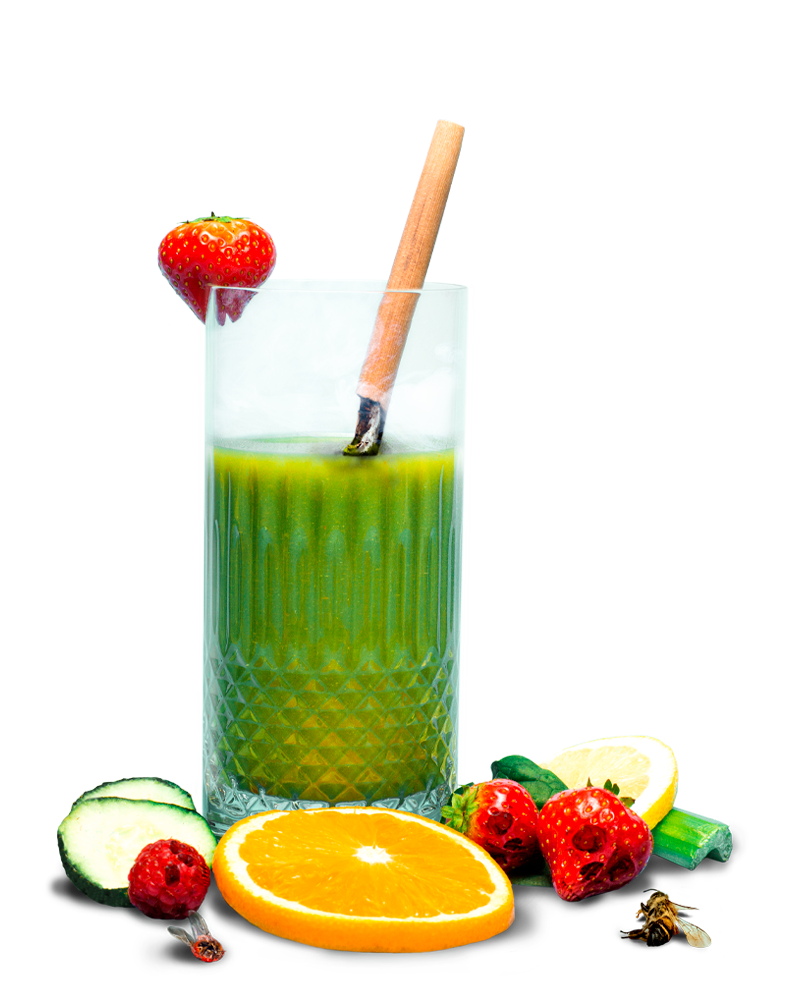
A
COCKTAIL
TO DIE FOR
Scroll to explore


How safe is this healthy-looking smoothie?
Not as safe as it might seem.
A COCKTAIL OF TOXICS
Nowadays, European agriculture remains highly reliant on pesticides. In total, hundreds of toxic substances are approved in the European Union and sprayed on the fields.
While most pesticides raise health and environmental concerns, some are clearly identified as the most harmful of all due to their irreversible adverse effects on human health and the environment.
These substances can alter the reproductive system, cause hormonal disruptions resulting in various cancers, developmental disorders and/or cardiovascular problems. Others again are toxic to wildlife but most combine several of these effects!
According to EU law of 2009, these most harmful substances are ‘candidates for substitution’. It means that must have been gradually withdrawn from the EU market thanks to their substitution by safer alternatives at national level (see how).
Over a decade later, citizens should therefore assume that they are no longer exposed to these toxic substances, but is this really the case? NO!
- 55 of these harmful pesticides are still massively in use in agricultural fields, leaving farmers, residents and the environment directly at risk.
- Through the food they eat, consumers are unknowingly exposed to a cocktail of residues of these most harmful pesticides.
WHY?
Member States and their regulatory agencies are responsible for the substitution of these substances by safer alternatives. However, we observe that this legal obligation is not respected.
- The agribusiness industry, which makes so much profit from its toxic substances, lobbied fiercely to make substitution practically impossible.
- Some Member States are openly boycotting substitution.
- The European Commission turns a blind eye to these practices by embedding the rules of substitution as designed by the industry and by not reminding Member States to their legal obligation to substitute. In addition, the Commission further contributes to this vicious circle by proposing the prolongation and renewal of these toxic substances.
This situation leads to a constant prioritization of the interests of agribusiness over the protection of our health and that of the environment.


WHAT ARE WE ASKING FOR?
As we continue to be critically exposed to most of these toxic substances we are redoubling our efforts to demonstrate that they should already have been banned.
- Based on the current state of scientific knowledge and analysis of residue levels in food, we have selected the 12 most dangerous of all the toxic candidates for substitution.We call for the quick ban of this dirty dozen!
- We lobby to take the rules of substitution out of the hands of the industry, by disclosing how it has tailored them to its own profits and interests.The substitution rules must reward and further incentivise farmers committed to sustainable agricultural transition, not protect industry interests!
WHO ARE WE?
Pesticide Action Network Europe (PAN Europe) is a small team of people committed to pushing forward pesticide-free agriculture, better health and more nature. Our network was founded in 1987 and brings together consumer, public health, environmental organisations, and women’s groups from across Europe.
For the past decade, we and our organisation members fought against the continuous prolongation and renewal of these toxic substances. On the one hand, we provided scientific and empirical evidence of their toxicity for humans, animals, the environment and highlighted substitution options. On the other hand, we denounced the unfair influence of industry on the regulatory and decision-making processes.
Learn more about our work.
HOW TO SUPPORT US?
Salomé ROYNEL
Campaigner
salome@pan-europe.info
+33 7 86 39 72 74
Hans MUILERMAN
Chemicals Coordinator
hans@pan-europe.info
+31 6 55 80 72 55
Candidates for Substitution
A plant protection product (“pesticide”) is a formulation composed different components, including one or more active substances working against pests and plant diseases. In the EU, all those active substances must be subject to a risk assessment and approval decision at European level prior their incorporation in plant protection products. Those later are regulated at Member State level.
Candidates for substitution (CfS) are one of the four categories1 of active substances which was introduced in 2009 in Regulation 1107/2009 on the placing of plan protection products on the market (“PPP Regulation”)2. It regroups the EU-wide approved active substances, which due to their intrinsic hazardous properties, are identified as the most harmful of all for human health and the environment. These substances present risks in terms of acute toxicity (ARfd, AOEL, ADI23), carcinogenic or reprotoxic properties 1A or 1B pending their exclusion, endocrine disruption for humans or at least 2 PBT criteria (Persistence, Bioaccumulation and Toxicity)3.
Because their conditions of use are assumed safe, these toxic substances can be approved once for a period of 7 years. During this period, their use in pesticide products is supposed to be limited as much as possible through their substitution by safer alternatives at national level.
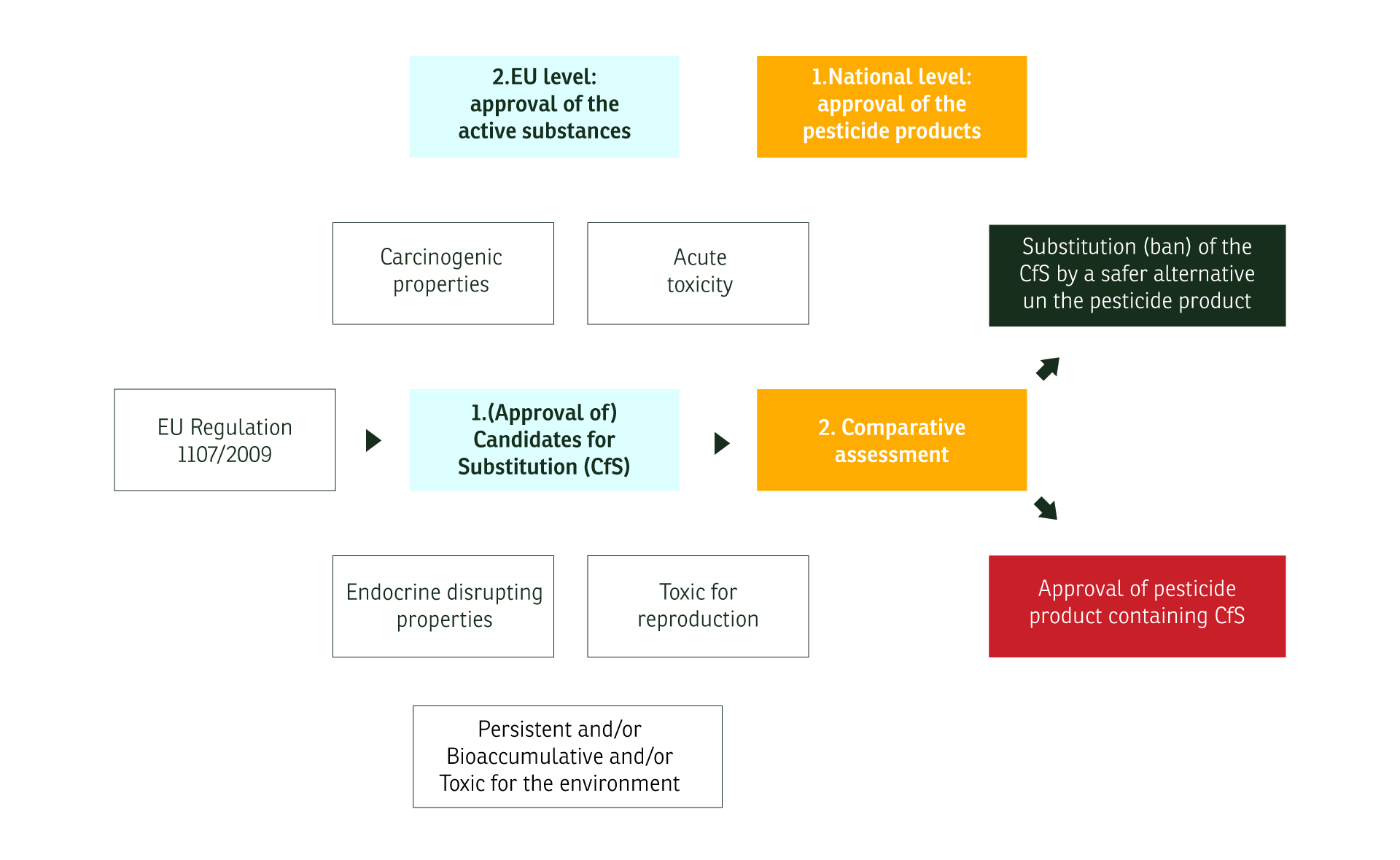
The adoption of this category of CfS in 2011 was the outcome of a balanced consensus that should ensure a smooth transition (7-year period), while protecting European citizens and the environment as much as possible (substitution principle at national level whenever possible). But ultimately, these more harmful pesticides, benefiting thanks to this CfS status from a temporary grace, were meant to be phased out.
2Regulation (EC) 1107/2009 of the European Parliament and of the Council of 21 October 2009 concerning the placing of plant protection products on the market and repealing Council Directives 79/117/EEC and 91/414/EE (L 309/1).
3An active substance can be identified as a CfS for 7 different reasons (which can be cumulative). They are listed in Annex II of the PPP Regulation 1107/2009.
